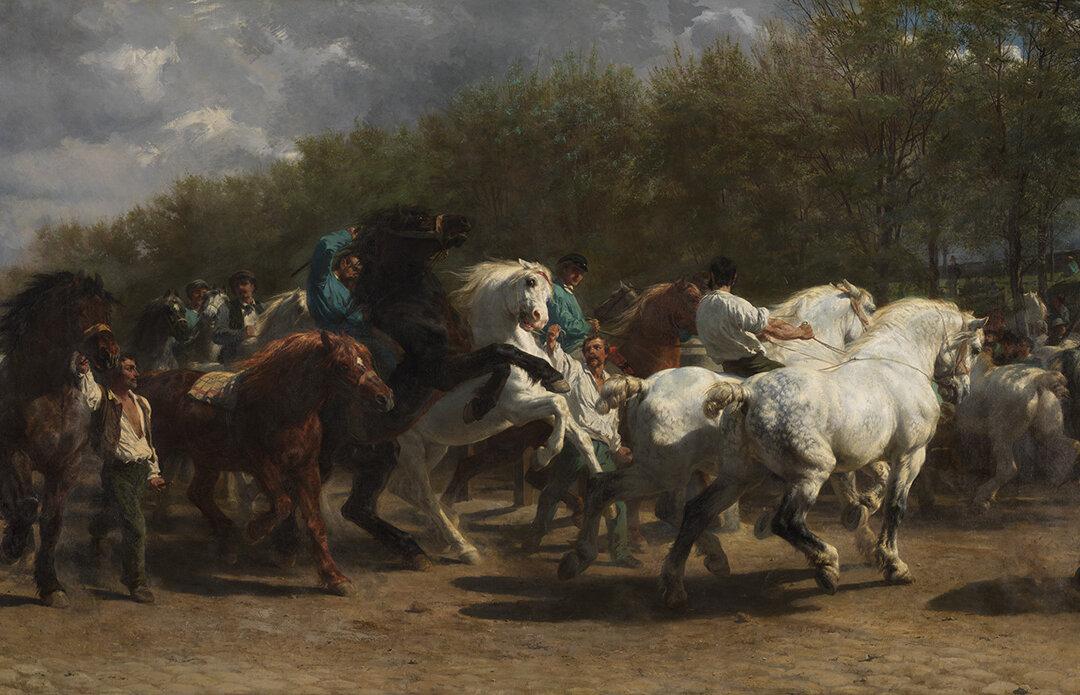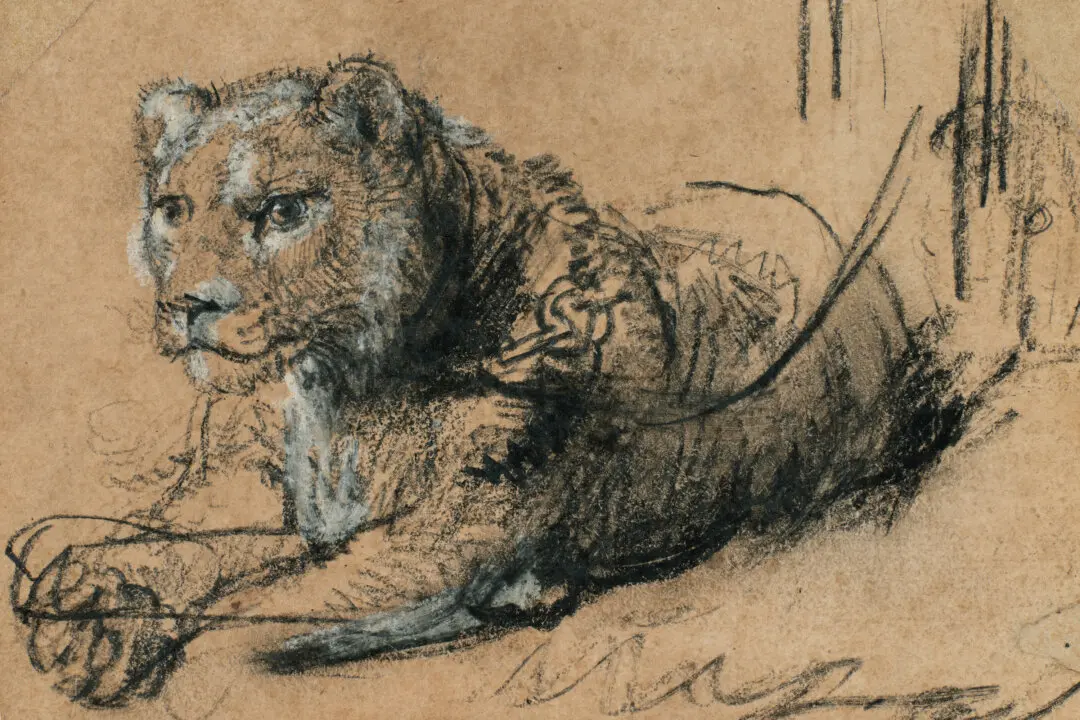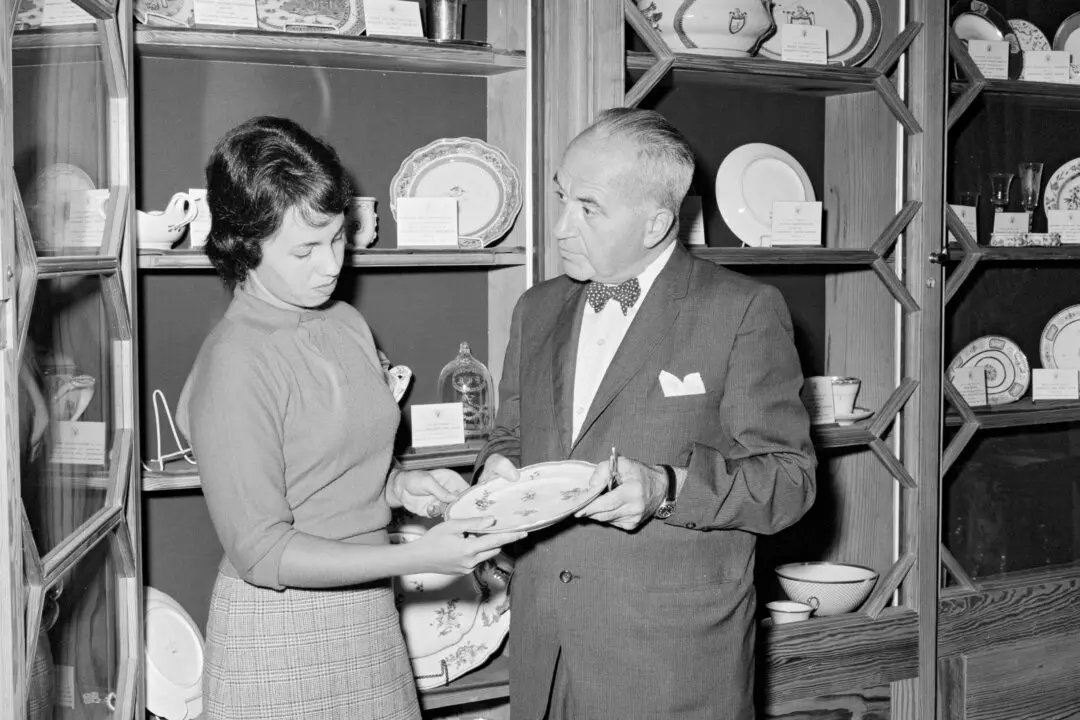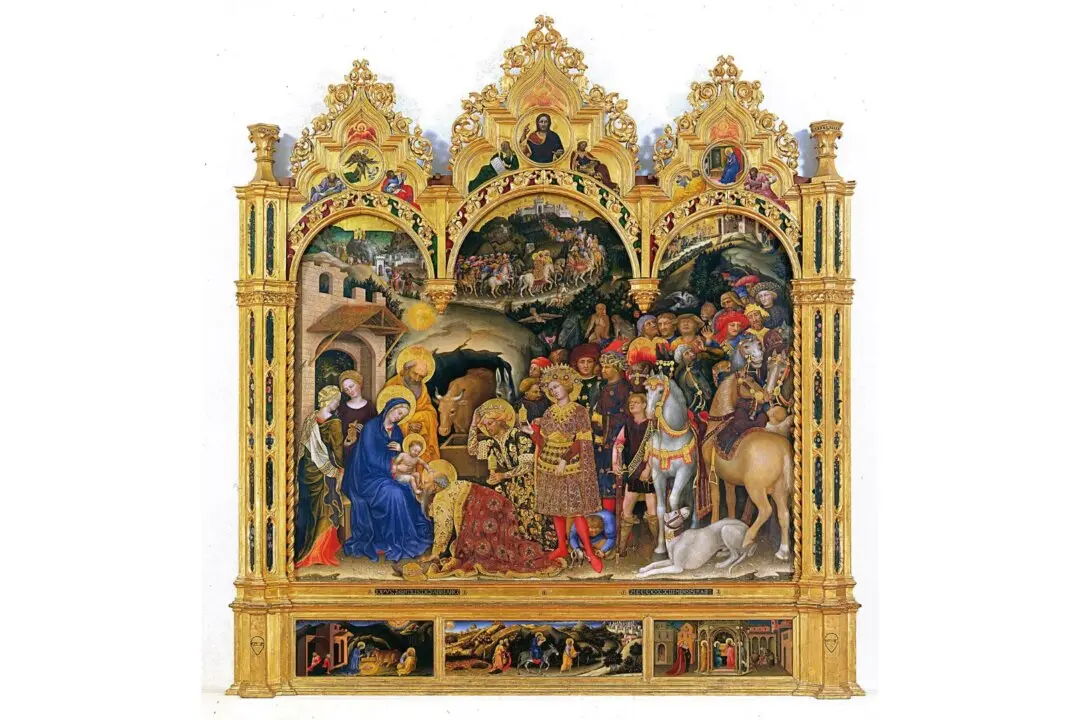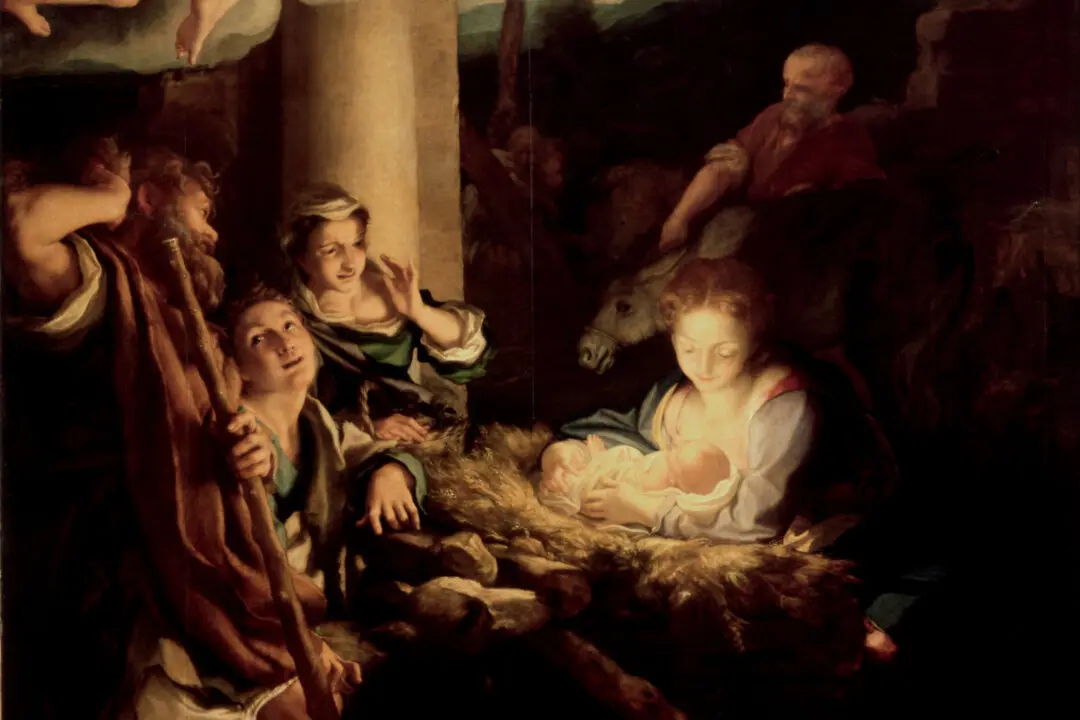A gallop through millennia reveals how horses became symbols of triumph and afforded artists a showcase for technical skills.
Depictions of horses date back to prehistoric art. Examples can be found in caves around the world, including the Bhimbetka rock shelters in Central India, Chauvet and Lascaux in France, and Altamira in Spain. Of the more than 100 discovered caves in Europe that display painted animals, nearly a third of those figures are horses. With the rise of civilization, horses continued to be popular subjects in art.

